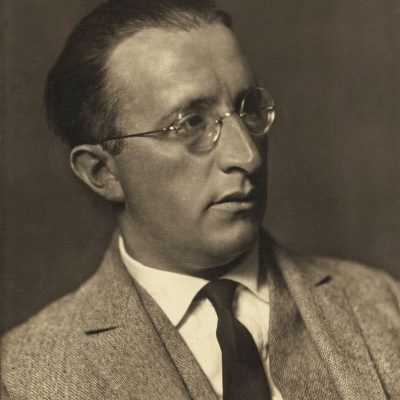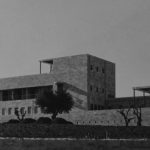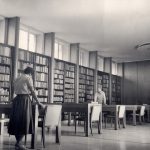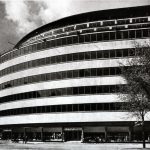Erich Mendelsohn
Erich Mendelsohn (1887-1953) is widely considered one of the greatest architects of the 20th century. When Schocken met Mendelsohn circa 1925, he was deeply impressed by the young architect. Mendelsohn’s style was simple, clean, functional and total, with great attention to detail. At the same time, his designs were characterized by grandiose structures and sweeping lines. This combination resonated perfectly well with Schocken ideas and vision. He went on to commission Mendelsohn to plan his department stores in Nuremberg, Stuttgart, and Chemnitz.
Mendelsohn was closely associated with the New Objectivity and Bauhaus movements, despised by the Nazis for their daring, avant garde style. After Hitler’s rise to power in 1933, Mendelsohn fled Germany to England. Working with the celebrated architect Serge Chermayeff, he created De La Warr Pavilion in East Sussex, acclaimed as England’s first modernist public building.
With Schocken’s encouragement, Mendelsohn relocated to Jerusalem in 1934. Schocken helped Mendelsohn set up a studio in an old windmill in Rehavia, and commissioned him to design his new home, Villa Schocken, and the adjacent Schocken Library in Balfour Street. As chairman of the Hebrew University’s executive committee, Schocken hired Mendelsohn to design the Hadassah Hospital and medical school on Mount Scopus. Mendelsohn’s final projects in Israel were the Jerusalem headquarters of the Anglo-Palestine Bank (now Bank Leumi) in Jaffa Road, and the Rambam Hospital in Haifa.
From 1941 until his death, Mendelsohn lived in the United States, teaching at the University of California, Berkeley.






